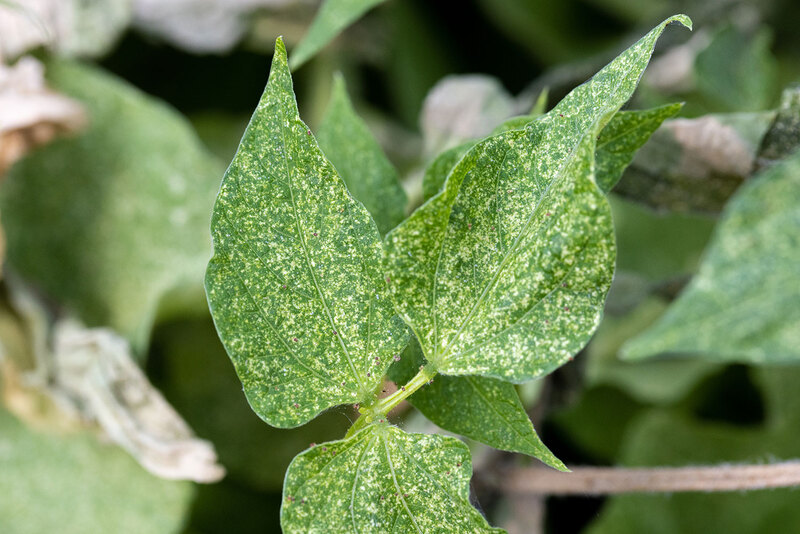Spical predatory mite: a true all-rounder
A spider mite attack can develop at lightning speed, leading to an ‘explosion.’ No need to worry! As a grower, there are ways to limit population development. Start by making sure that you have enough natural enemies on standby. In some cases, climate control can also help.
- Temperature is the most crucial factor for population growth – the spider mite can develop at a temperature between 12°C and 40°C, with the speed of growth continuously increasing to 30°C before slowing down again above this level. At 25°C, population numbers double every three days, so the more you can do to lower the temperature, the more you can impair development.
- Air humidity is also important, as the spider mite like dry conditions. The spider mite lays more eggs when air humidity is low, so development is faster. Humidifying (e.g., atomization) can, therefore, inhibit the infestation.
- The spider mite consumes a large quantity of plant sap to ensure that it absorbs enough nutrients. The mite then rids itself off the moisture by sweating, which is easier in a dry and warm climate. In other words, a combination of cold and moisture inhibits both development and the mite’s digestion.
- The crop also has an impact – in tomatoes, for example, the infestation develops more slowly than in a crop like cucumber.
- The presence of natural enemies also has a good inhibiting effect on population development. The predatory mites, which are the basis for the products Spidex or Spical, multiply even more quickly than the spider mite, which is, of course, beneficial. As a grower, you can increase the edge that the natural enemies have by ensuring that you introduce large numbers of them at the start of the infestation. If you don’t, the damage will be done before you have the infestation under control.
- Some chemical plant protection products do work against insects but leave mites untouched. This impacts the biological balance in the crop.
- Finally, there is a difference in the development speed between different species of spider mite, with one species developing faster than another.
